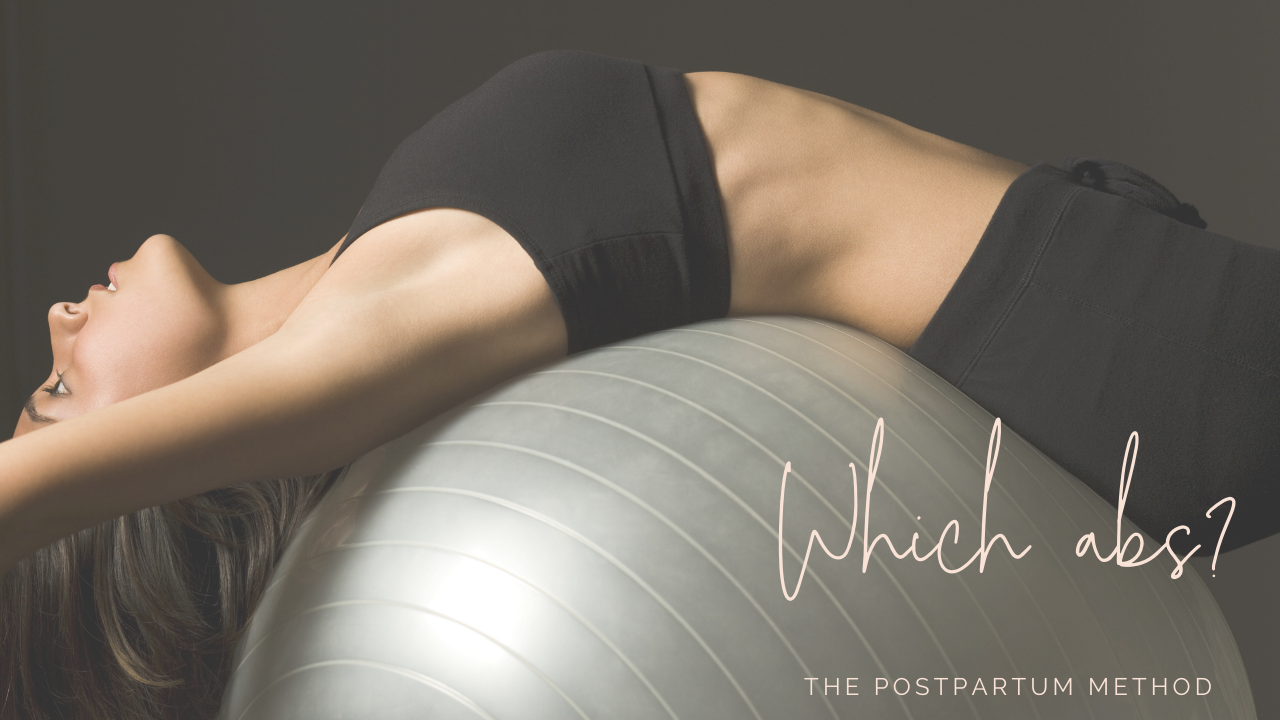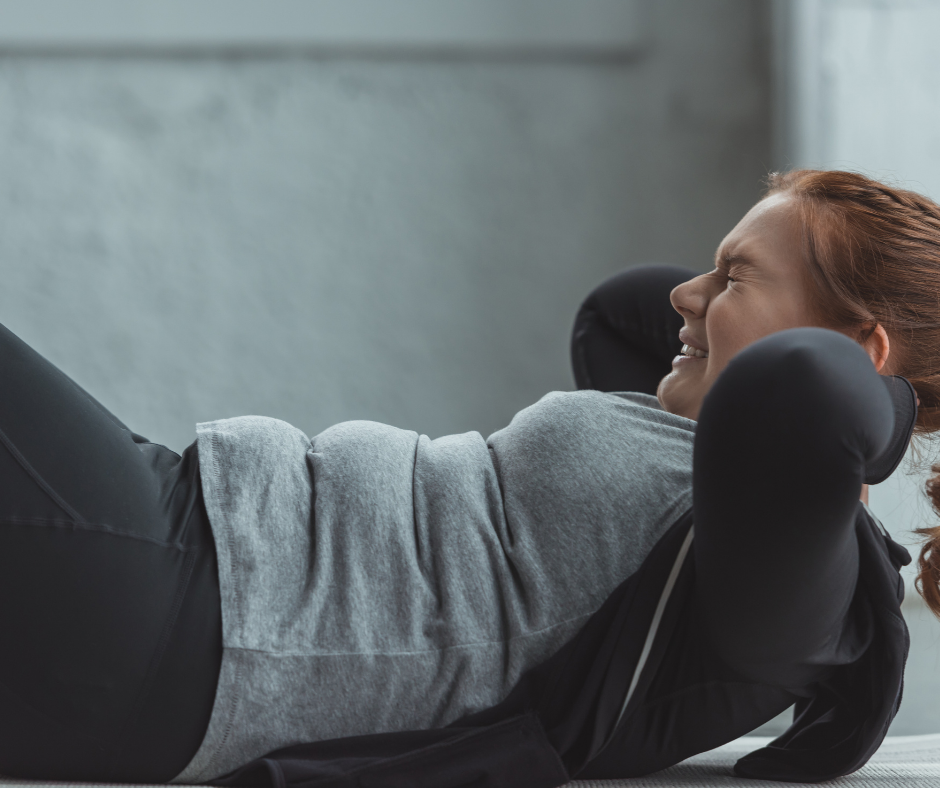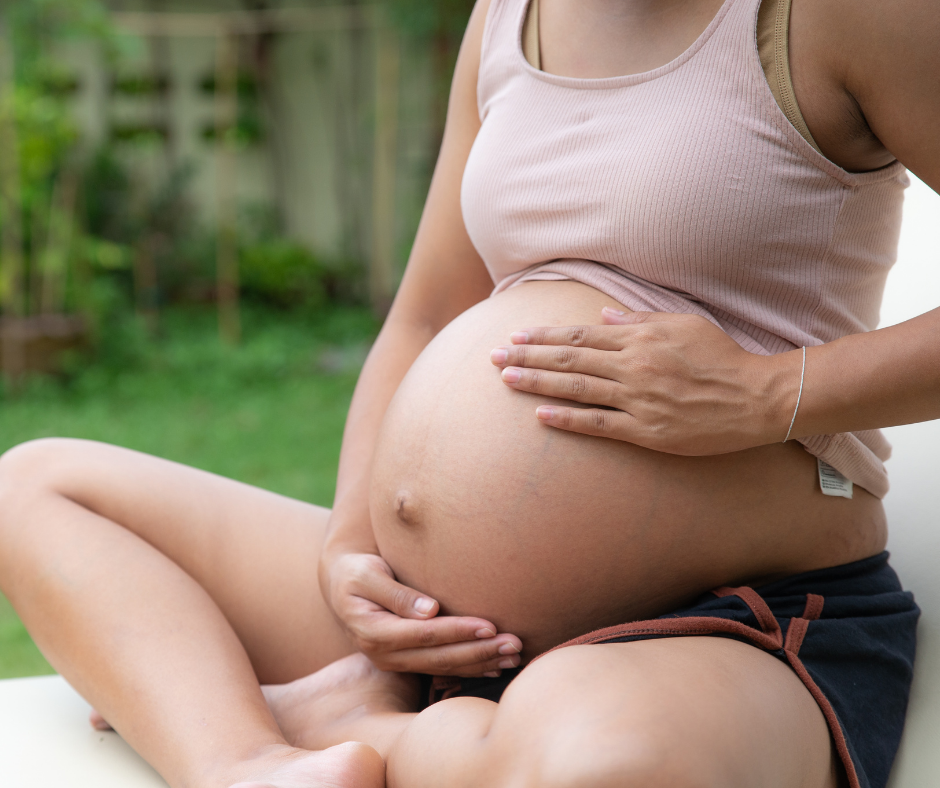There are 2 sets of ‘abs’ in our bodies. Chances are you’re working the wrong ones (especially if you’ve ever had a baby).

Given how long we’ve all being working our abs for, you’d think we’d all have flat stomachs, be free of back pain, and never leak when we sneeze, right?
But the percentage of women with pelvic floor issues like prolapse or leaking, with back pain, or even the ones who say they have a ‘poochy’ belly - is getting higher every single year.
And I blame our ab workouts.

Exercises like these can make back or neck pain, a distended belly, and pelvic floor issues worse when our abs aren't connecting fully.
The ab muscles are complicated. There’s a lot of them - and I don’t want to bore you with a long anatomy lesson (although you can find more of the science right here).
Essentially though - we have a deep, inner set of ab muscles, and a superficial, outer set of ab muscles.
One set is pretty much solely responsible for a flat stomach, alleviating back pain, and fixing pelvic floor issues. This is the inner set of abs.
The outer abs are our bracing, breath holding, bearing down (on the pelvic floor and lower belly) muscles.
They're what we tend to use when we crunch, curl, V sit, plank for long periods, or lift heavy stuff.
It's the inner abs that are our drawing inwards, lifting upwards muscles.
Can you see the problem?
This especially important to know if we’ve been pregnant:
The biggest abdominal muscle actually belongs to our deep, inner set of abs. It’s the transverse abdominis and it’s role is to help stabilise our back and pelvis, flatten our stomach, and lift our pelvic organs and help hold them in place.

When we’re pregnant, the transverse abdominis undergoes the biggest amount of stretch, and for the 9 months that we’re growing a baby, in most women, it stops functioning fully to support us.
This means that, once we’ve had kids, it's difficult to get it to work well again. And the tendency for most of us is to just use the outer set of abs instead - because it feels easier.
Over time, with only half our abs doing the work, we can end up with weak, clenchy glutes (butt muscles) a sore back, tired feet, pelvic floor problems and a distended belly.
The good news is that this can be reversed pretty much no matter how long ago you had kids.
The bad news is that in my clinical experience (20 years in strength training and orthopaedic rehabilitation), it doesn’t go away on it’s own - you have to do the work.
If you haven’t signed up for the free video series “exactly how to connect to your deep core and pelvic floor” you can do that here. It’s really helpful.
The monthly subscription program is going away in 2022 - you can still access it for a limited time here.
Kristy Ahale is an exercise scientist, specialising in orthopaedic rehabilitation using strength training, and women’s health.


